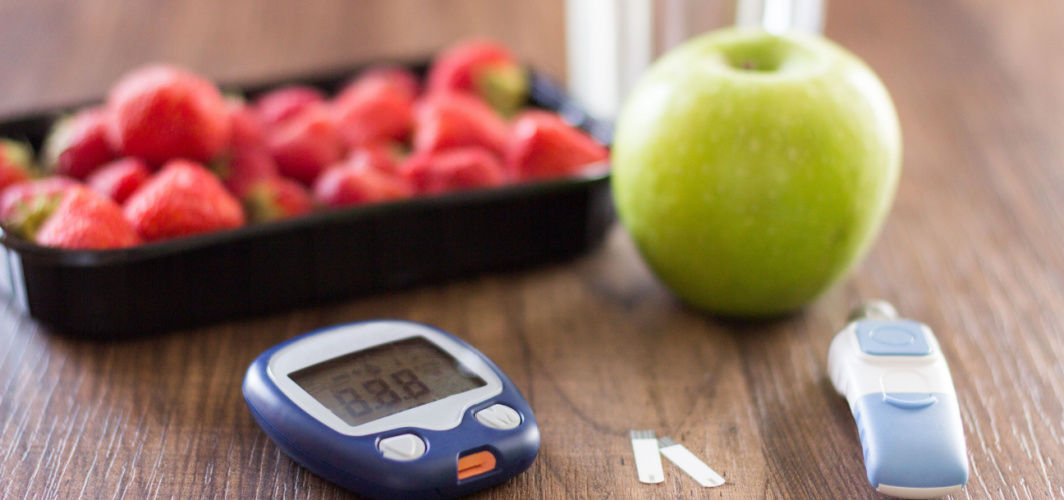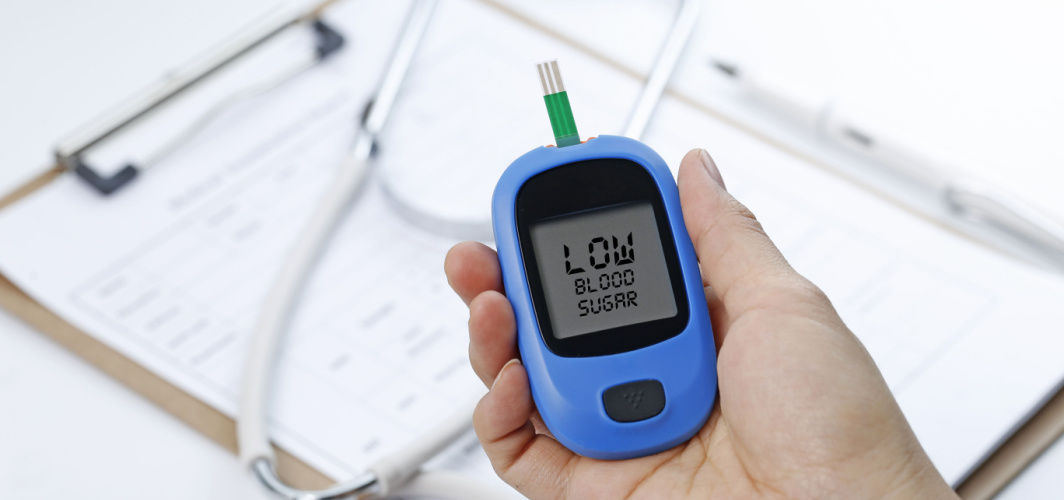Diabetes Management
Why urinary tract infection occurs commonly in diabetics?
5 min read
By Apollo 24/7, Published on - 19 December 2020, Updated on - 29 August 2023
Share this article
0
10 likes

What is urinary tract infection (UTI)?
- If the infection is in the urinary bladder, it is called cystitis.
- If the infection is in the urethra (the tube-like part that allows urine to pass out of the body), it is called urethritis.
- If the infection reaches the kidneys, it is called pyelonephritis.
Why are diabetics prone to urinary tract infections?
- A higher concentration of glucose in the urine allows the disease-causing bacteria to grow.
- High glucose levels in the renal parenchyma (a part of the kidney) provide a favourable environment for the multiplication of microorganisms, which ultimately results in the kidney getting infected.
- Impairment of different types of immunity (humoral, cellular and innate immunity) in diabetics allows the disease-causing bacteria to cause infection.
- Nerve damage (neuropathy) in the urinary tract of diabetics can result in urinary retention and inability to urinate properly, thus resulting in reduced bacterial clearance and increased chances of infection. Studies reveal 26% to 85% of diabetic women develop bladder dysfunction due to diabetic neuropathy.
What are the signs of urinary tract infection in diabetics?
- Constant feeling of the need to urinate
- Pain or burning sensation while urinating
- Foul-smelling urine
- Cloudy urine
- Pain in the abdomen and the back
- Blood in the urine
- Diarrhoea
- High fever
- Chills
- Vomiting
- Pain in the back and side (flank)
How can urinary tract infections be prevented?
- Maintain normal blood sugar level as too much glucose (sugar) in the urine would encourage bacterial growth in the urinary tract.
- Try and keep the genital area clean and dry. Do not use a scented soap or intimate wash products as they can irritate the genital region.
- Carefully clean and wipe the genital area from front to back after urinating or passing stool.
- Drink plenty of water so that any bacteria in the tract gets flushed on passing the urine.
- Wash the genitals with water (especially women), before and after sexual intercourse.
- Urinate after sexual intercourse.
- Do not hold the urine.
- Do not rush to empty the bladder while urinating.
- Wear cotton-based undergarments and avoid synthetic underwear.
- Change adult diapers or pads immediately if they are soiled.
- Avoid or limit alcoholic beverages as they can irritate and inflame the urinary bladder.
What can be done to treat urinary tract infections in diabetics?
Takeaway
Diabetes Management
Leave Comment
Recommended for you

Diabetes Management
Avoid or Limit These Common Foods with Hidden Sugar
Some foods that may contain hidden sugars include flavoured yoghurt, granola bars, canned fruit in syrup, condiments like ketchup and barbecue sauce, flavoured coffee drinks, packaged sauces and dressings, certain breakfast cereals, and processed snacks. Diabetics should read the food labels and be extra cautious about ingredients to manage diabetes well.

Diabetes Management
Should Diabetics Fast in Navratri?
Fasting during Navratri can be a personal choice for individuals with diabetes, but it requires careful planning and consideration. Consulting with a healthcare provider is essential for creating a fasting plan tailored to your needs. Choosing low-carbohydrate, low-GI foods, staying hydrated, monitoring blood sugar levels, and being prepared for potential hypoglycemia are crucial aspects of successful fasting. If blood sugar levels become unmanageable or drop too low, breaking the fast is recommended. Listening to your body and prioritising health and safety are the keys to religious practices.

Diabetes Management
Hypoglycaemia: Know What Happens When Your Blood Sugar Drops!
Hypoglycaemia is common in diabetics but can occur in healthy people too. Recognizing the symptoms is important to avoid complications. Treating the underlying cause and making dietary changes can help in preventing hypoglycaemia.
Subscribe
Sign up for our free Health Library Daily Newsletter
Get doctor-approved health tips, news, and more.
Visual Stories

8 Fruits That are Incredibly Healthy for Diabetes
Tap to continue exploring
Recommended for you

Diabetes Management
Avoid or Limit These Common Foods with Hidden Sugar
Some foods that may contain hidden sugars include flavoured yoghurt, granola bars, canned fruit in syrup, condiments like ketchup and barbecue sauce, flavoured coffee drinks, packaged sauces and dressings, certain breakfast cereals, and processed snacks. Diabetics should read the food labels and be extra cautious about ingredients to manage diabetes well.

Diabetes Management
Should Diabetics Fast in Navratri?
Fasting during Navratri can be a personal choice for individuals with diabetes, but it requires careful planning and consideration. Consulting with a healthcare provider is essential for creating a fasting plan tailored to your needs. Choosing low-carbohydrate, low-GI foods, staying hydrated, monitoring blood sugar levels, and being prepared for potential hypoglycemia are crucial aspects of successful fasting. If blood sugar levels become unmanageable or drop too low, breaking the fast is recommended. Listening to your body and prioritising health and safety are the keys to religious practices.

Diabetes Management
Hypoglycaemia: Know What Happens When Your Blood Sugar Drops!
Hypoglycaemia is common in diabetics but can occur in healthy people too. Recognizing the symptoms is important to avoid complications. Treating the underlying cause and making dietary changes can help in preventing hypoglycaemia.